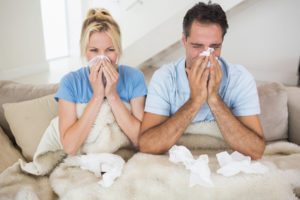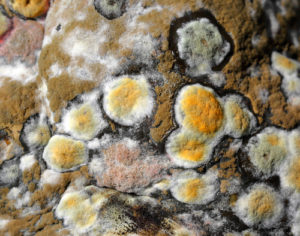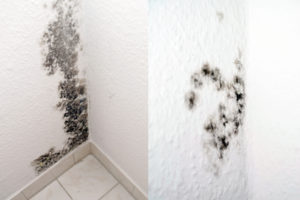Two Years and $3.6 Million Later, Ice Rink Is Finally Free of Mold

Be on the Lookout for Chronic Mold Exposure!
An ice rink may not seem like an obvious place for Manhattan mold removal, but no buildings are immune from infestations. A major university recently learned the hard way how indoor mold can have an extensive and costly ripple effect.
When Mold “Breaks” Ice
The University of Minnesota Duluth (UMD) has an Olympic-sized ice rink on campus that opened in 1988. According to Mick McComber, director of UMD’s recreational sports program, approximately 90 percent of all students participate in recreational and outdoor activities. The rink received extensive usage for club hockey, figure skating and open skating sessions.
In February 2018, the rink was closed after an annual inspection detected the presence of mold along the roof trusses. UMD senior project manager John Kessler explained that remediation efforts traced the cause of the mold to the HVAC system, which then had to be replaced.
Finally Mold-Free
At the time, UMD was also in the process of moving to an ammonia-based ice plant so they could discontinue use of a previous refrigerant that is now banned. Total bill for the entire project was $3.6 million, which came from a combination of student fees, state money and a loan from the university system. The rink has now been reopened to students, a full two years after the original closure.
Need Manhattan Mold Removal? Call Stern Mold
Avoid lengthy and inconvenient disruptions with our two-step MoldExterm treatment, which is usually completed in one day with no messy, invasive procedures. Contact us to schedule a free mold inspection.



